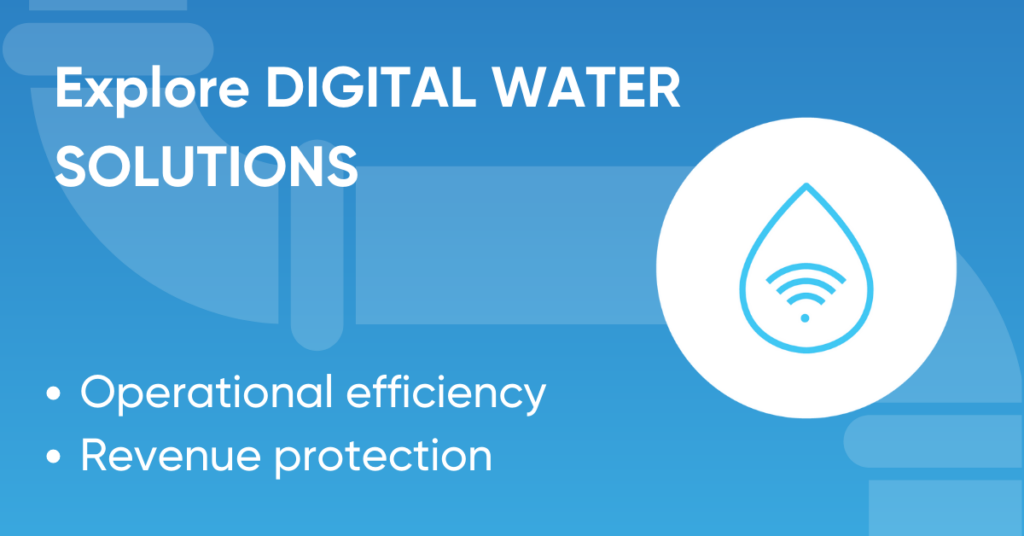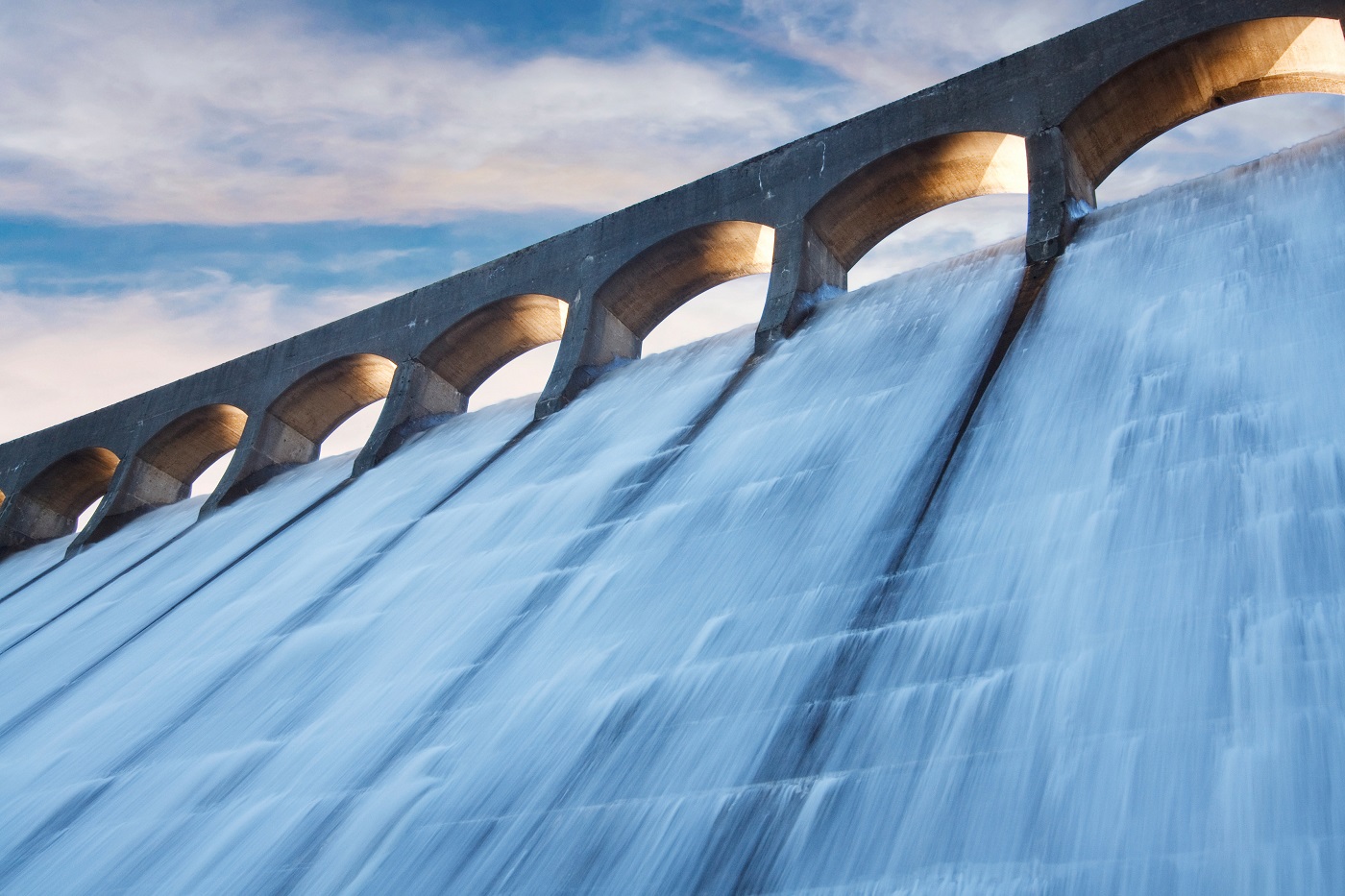Benefits for the water utility
- Operational efficiency: reducing the amount of energy and electricity costs.
- Minimizing asset lifecycle costs: reducing total cost of owner- ship by lowering operating and maintenance costs through condition monitoring.
- Environmental regulations: aiming to reduce greenhouse gasses and carbon emissions on a global scale.
Organizing data in a Data Lake
Water utilities produce huge data volume from different formats and sources such as SCADA and Telemetry, IoT devices for monitoring flow and pressure in the water distribution, weather data stored in cloud or on-premises. This data is organized into a Data Lake which ingests, stores, processes, and analyzes data in real time or in a batch mode.
Optimization algorithm
One of the recent developments in water engineering modelling is the employment of the modern optimization methods, which can be described, in simple terms, as the maximization or minimization of the real function by systematically choosing input value of the function. Here, the digital pumping solution determines optimal operating parameters, e.g. switching a pump on or off, or setting the optimal frequency variable pump speed, aiming to maximize efficiency and minimize real-time energy and operational costs.
Smart Pumping Optimization Solution
Smart Pumping Optimization is a digital solution that promotes the transformation of data, which is extracted in real time within cloud automated engines, from internal and external sources (SCADA, IoT Loggers) into real insights. It improves operational and energy decision support of the water systems, reducing waste and increasing security. The solution is aligned with the need for efficient operation management of water supply network management entities, and has a visible impact on their operating results, delivering high economic return without increasing operational risks.
To assist water utilities in their decision-making and day-to-day management of the water supply network, the solution gathers data from sensors installed in the water supply network and, coupling them with meteorological data, predicts water consumption for the next 24 hours at all points of consumption. Based on these results, the solution schedules all water pumping operations for the next day, minimizing operational and energy costs. The solution’s operational mode is therefore based on three pillars: Forecasting, Simulation and Optimization.
These pillars serve as the basis for the modular architecture which supports operation in three modules: 1) operational monitoring module and performance indicators (KPIs); 2) forecast module; and 3) the operational and energy optimization module. In the KPI’s dashboard it is possible to verify the system performance metrics specified by the Specific Cost of Production (SCP), the Specific Energy Cost (SEC), and the Standard Specific Energy Consumption (SSC), measured in €/m3, €/kWh and kWh/m3, respectively.
The solution presents itself as a multifactorial tool and its effects are manifested at the most diverse points of the water collection-treatment-distribution system. Some of the benefits responsible for optimizing resource use are given below:
- Relocation of pumping operation schedules to times when the energy cost is shown to be more favorable, i.e. not operating the electric pumps at peak hours.
- Reprogramming frequencies and operation mode of the variable speed motors of the electric pump, sets for the moments of greater energy efficiency with consequent reduction of energy consumption for the same pumping work.
- Better operational safety for the Operational Control Center (OCC), in the control of pressures of the distribution network and consequent reduction of the volumes of treated water losses.
- Reduction of labor costs with the automation of on-and-off pumping operations and the operational supply planning, with real-time performance indicators (KPIs).
- Reduction of carbon emissions, motivated by the efficiency in programming the frequencies of lifting stations.




